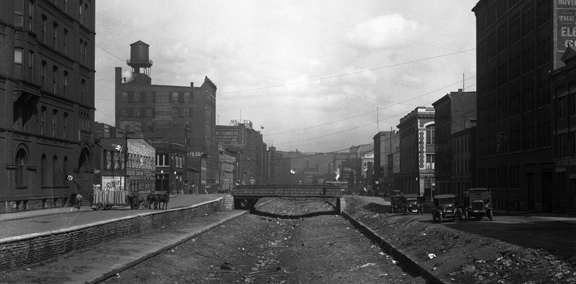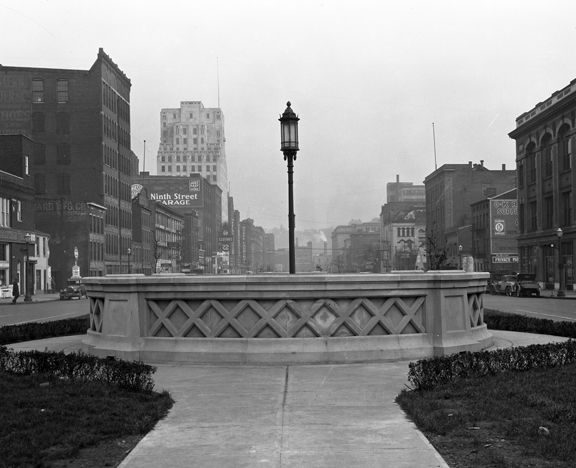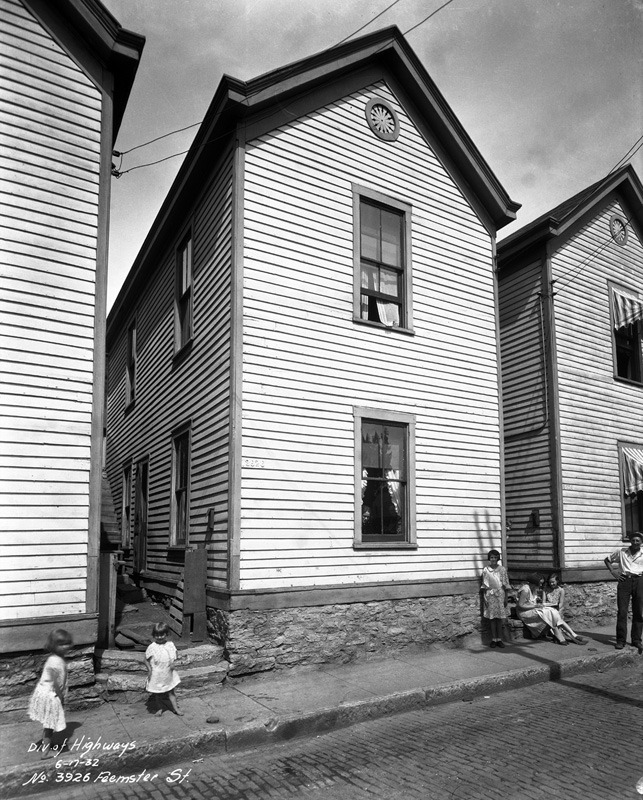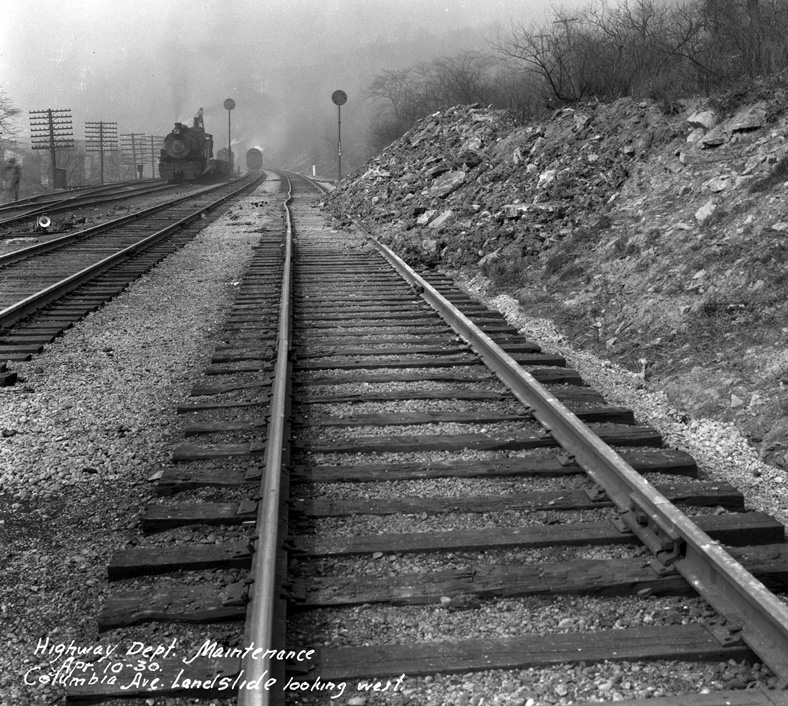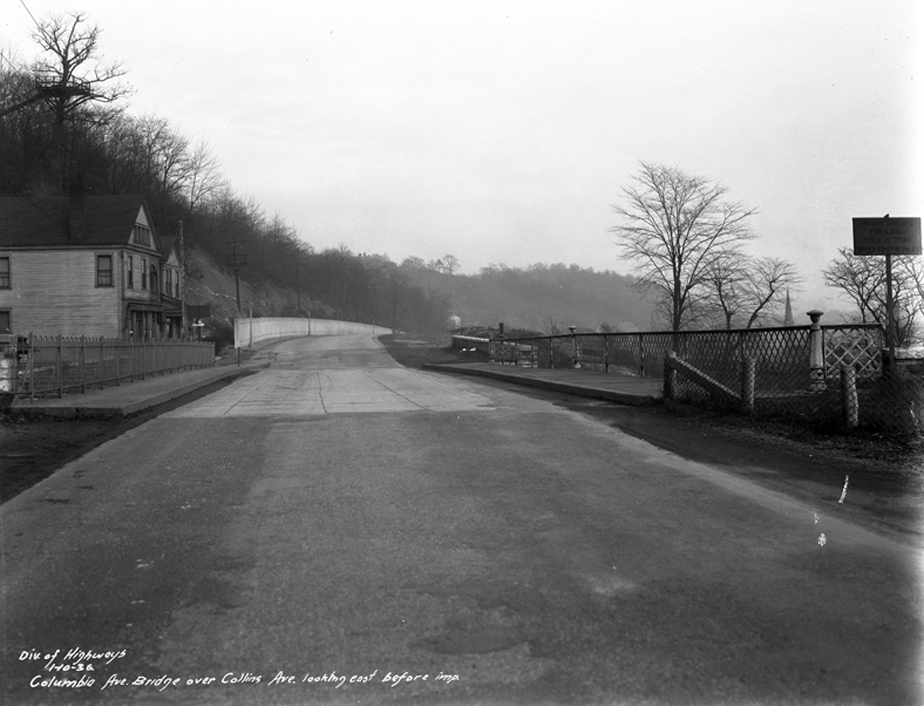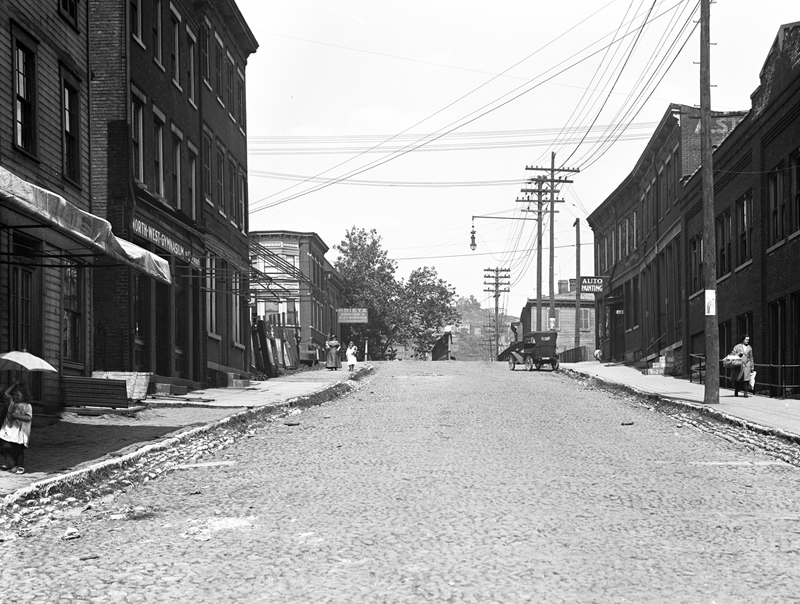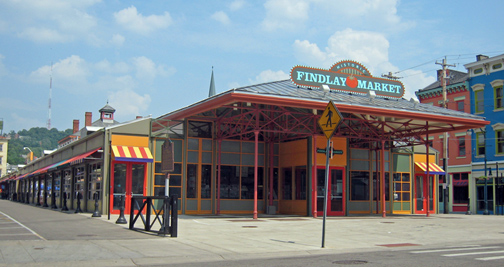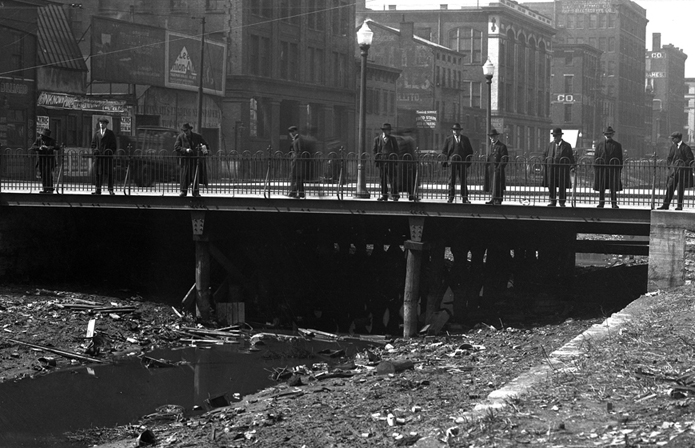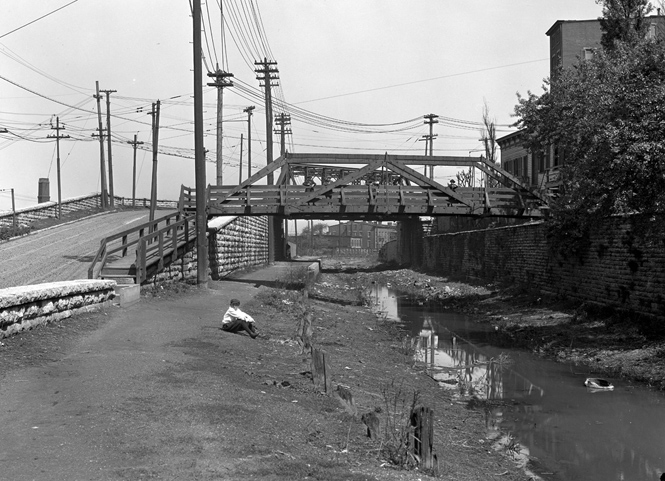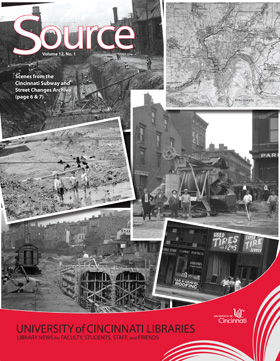By: Suzanne Maggard
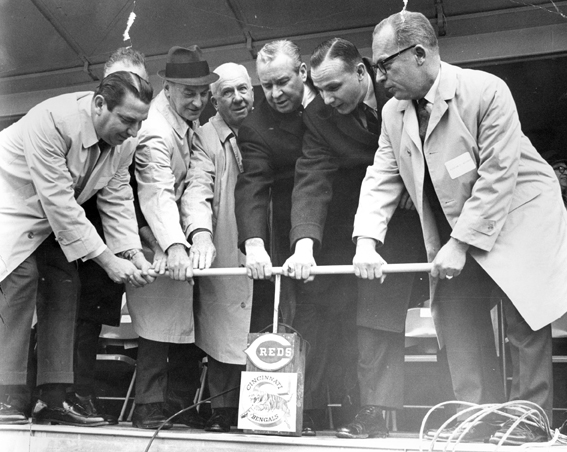
Construction of Riverfront Stadium begins, Eugene Ruehlmann is second from the right
We began our Monday in the Archives and Rare Books Library with the sad news that a dear friend of our library passed away over the weekend. Former Cincinnati mayor and city councilman, Eugene Ruehlmann died on Saturday June 8 at the age of 88. Since the Archives and Rare Books Library holds his papers, I had the pleasure of assisting Mr. Ruehlmann on several occasions. For someone so accomplished, I always found Mr. Ruehlmann incredibly approachable, easy to talk to, and humble. Our student workers especially enjoyed meeting and talking with him. He will be greatly missed.

Eugene Ruehlmann, 1947, from The Cincinnatian Yearbook
Eugene Ruehlmann, the second youngest of John and Hattie Ruehlmann’s ten children, was born in 1925. He grew up on Cincinnati’s West Side and attended Western Hills High School and graduated in 1943. After high school, he joined the U.S. Marines and served in World War II. He then entered the University of Cincinnati, where he was a successful and active student. Ruehlmann was a member of Beta Theta Phi, ODK, and Sophos and was on the board of The Cincinnatian (yearbook) and was a member of the varsity football team. He graduated with honors in 1948 with a degree in Political Science and received the McKibbin Medal from the College of Arts and Sciences. Ruehlmann earned his law degree in 1950 from Harvard. Continue reading →

